Artist Statement / Intro
It is not unusual that the world is imbalanced, but the perceived lack of effort to restore that balance is. Specifically, the imbalance made by human activity regarding nature. As the ongoing pursuit of finding that "middle place" for both worlds to coexist, I begin my contribution to the conversation with a living sculpture. The body of work is the research and creative material used to construct three design concepts for one living sculpture and the logic behind the final design choices. This living sculpture is in conjunction with a professor who is researching methods of "sustainable design" and living. In this research, my goal is to explore the "flaws" of the human condition and address specifically those regarding our treatment towards the environment. Along with this exploration, I make my statements about the situation through design, architecture, and formal research essays.
Nature's City
Nature's city is the sculptural expression of one of the three concepts pursued in this research. The idea is that the sculpture houses the plant life that serves as food for insects and other life that are native to the area. This will eventually attract the wildlife back into the city limits and rebuild the ecosystem, while still having our cities continue to grow. In application to "real life" as developing cities continue to grow, new buildings and civic designs can better encompass ways for the native wildlife to live in the same spaces as humans. In doing this, humans can have the city they want while reducing the damage done to wildlife.
More information can be provided here.
More information can be provided here.
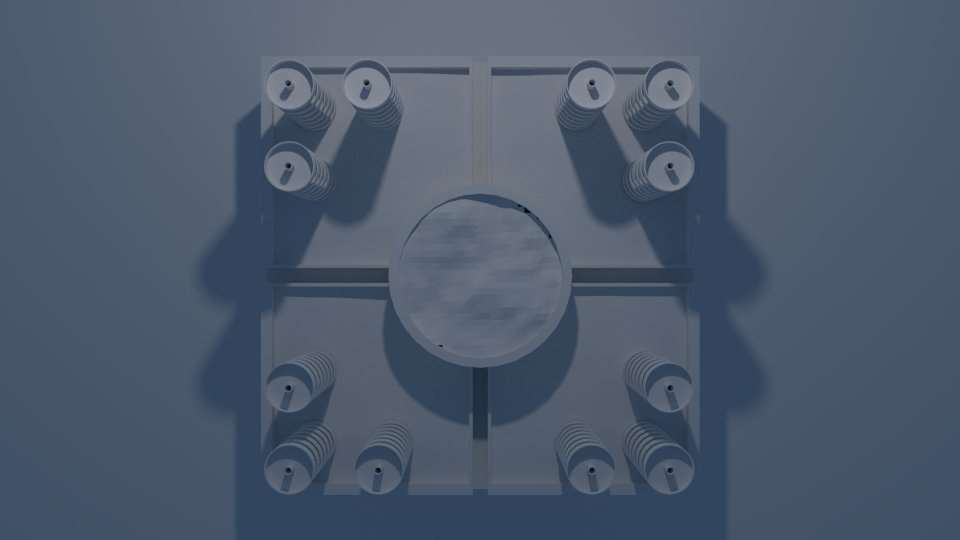
Aerial View of Nature's City in Shell Form.
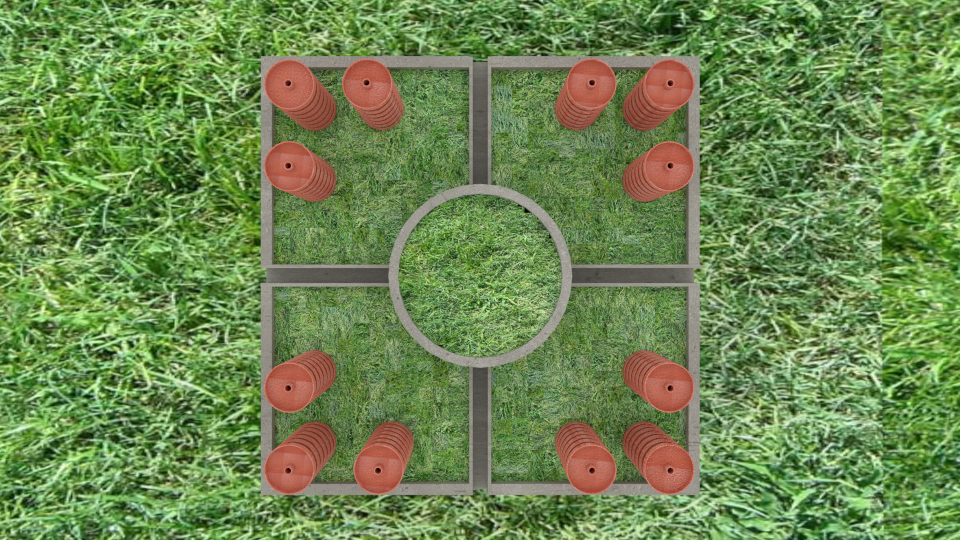
Aerial View with detailed texturing.
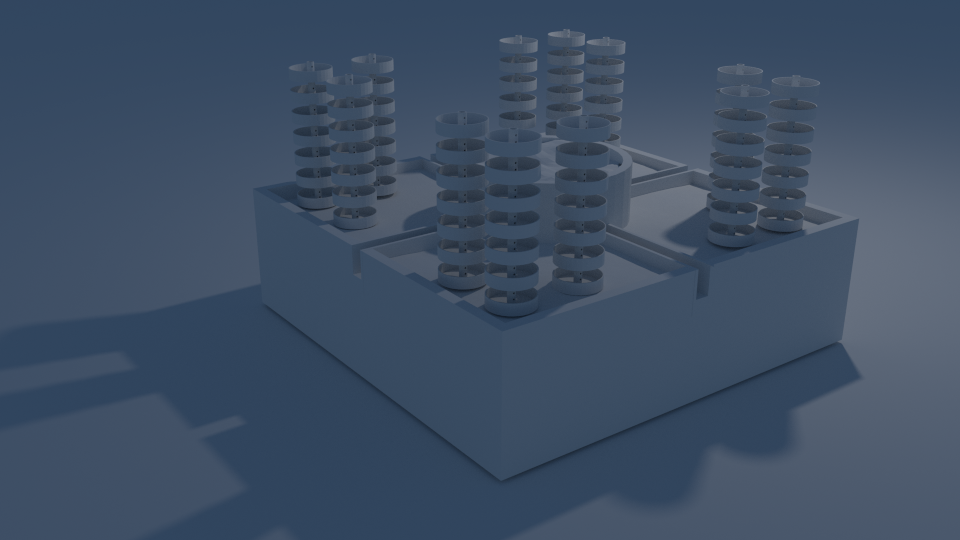
Angled View of Nature's City in shell form.
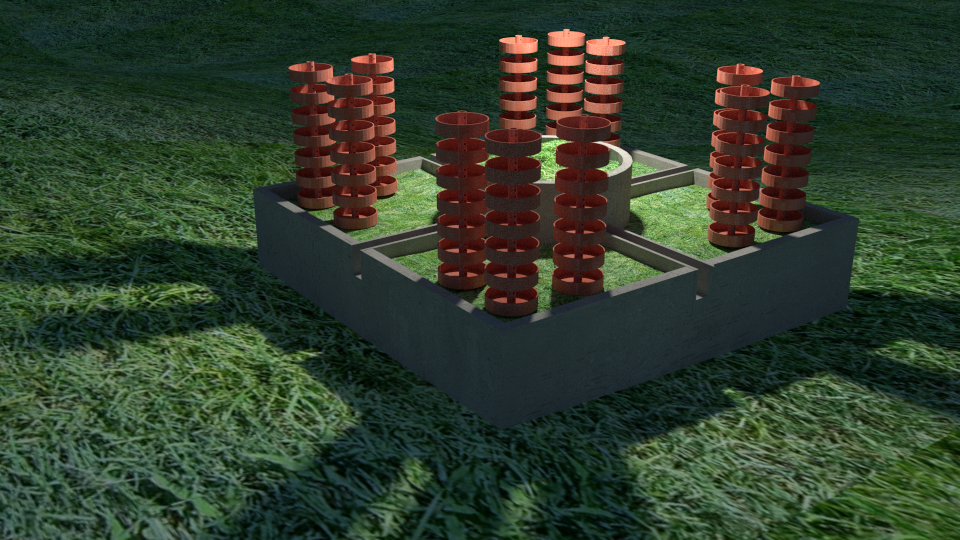
Angled View of Nature's City in natural application.
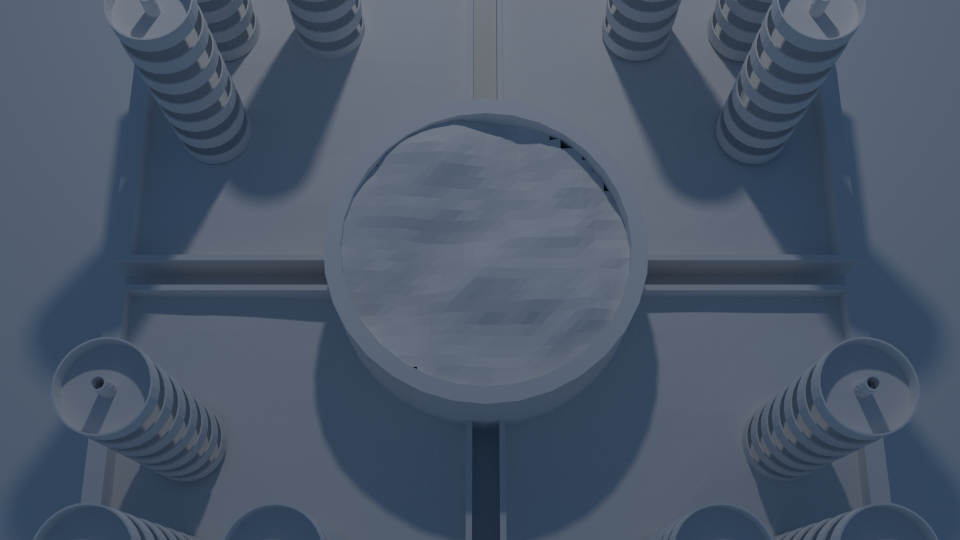
Center where the tree is planted. *Shell form*
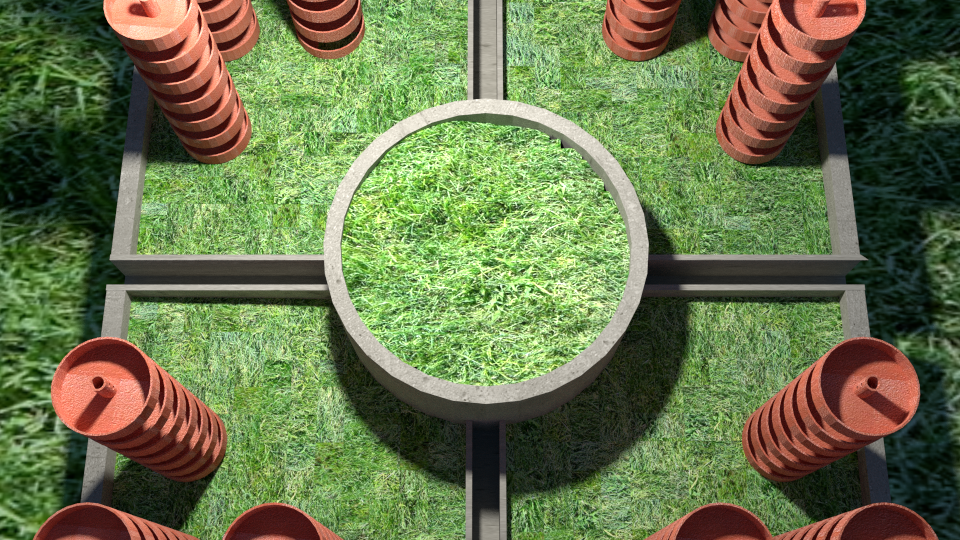
Center where the tree is planted in natural application.
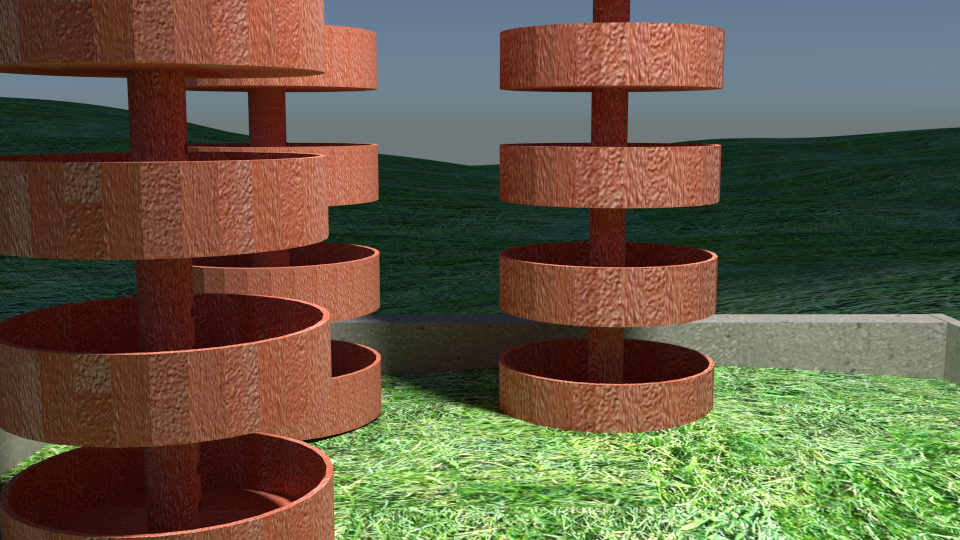

A close up for the water drainage system in case of an overflow.
Mandala
Based off the concept and teachings of the mandala practice, this sculpture emulates the same principles by allowing itself to erode and be reclaimed by nature. This is the idea of allowing, and supporting, nature to reclaim the land. The sculpture was designed to have all circular spaces in its form to be filled with soil and plant natural plant life in it. Afterwards, simply leave it alone and add more plant life over time to enhance the process of the sculpture's demise. This process, and the sculpture, makes the statement of allowing nature to reclaim the spaces in our urban areas that are abandoned or unused.
More information can be found here.
More information can be found here.
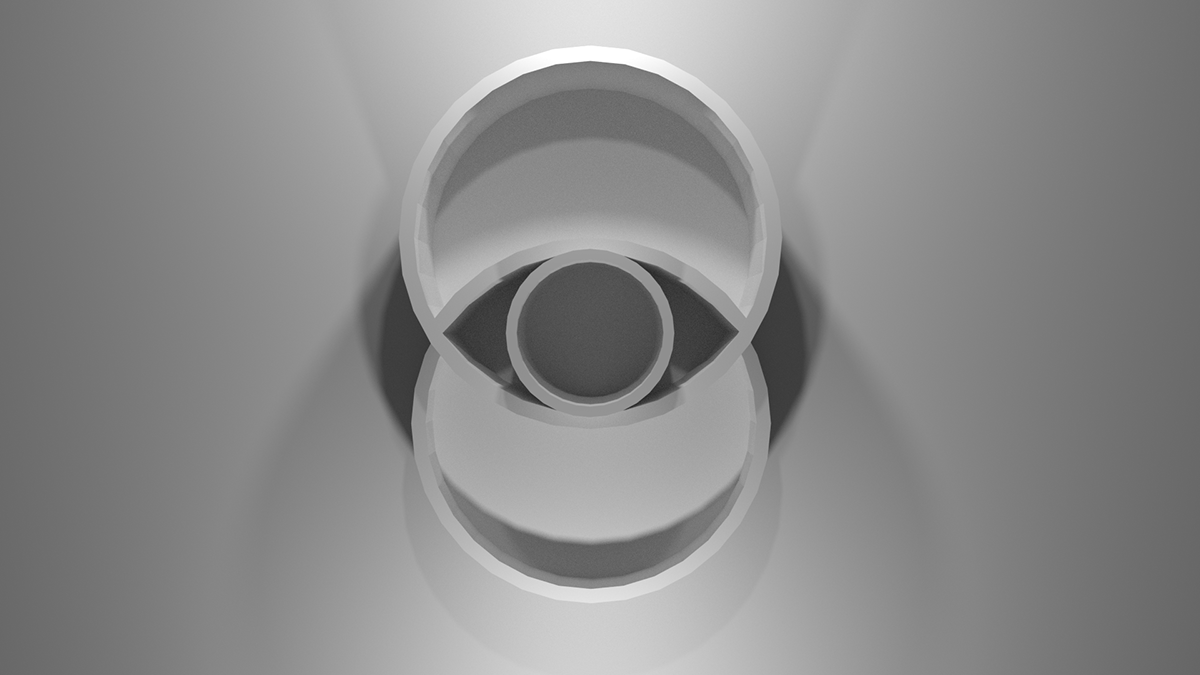
Aerial View of the Mandala Sculpture in shell form.
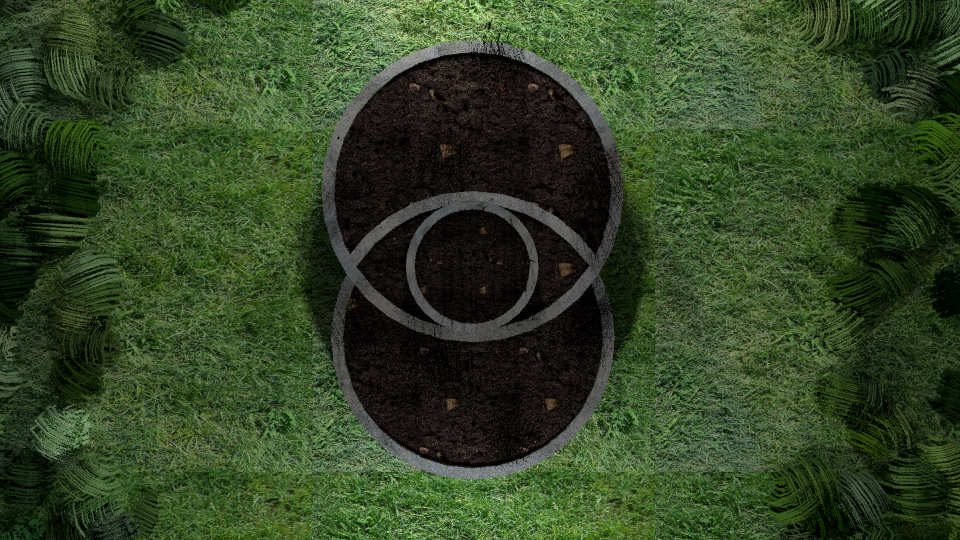
Aerial View of the Mandala Sculpture in Natural form.

Angled View of the Mandala Sculpture in shell form.

Angled View of the Mandala Sculpture in natural form.
Eden Tower
Eden Tower is one of the three concepts of my research. This concept introduced the idea of allowing nature to reclaim the land and human habitat by having plant life take the form of our living spaces. The tower starts out with housing the tree and other plant life. over time, the plants and tree overgrow and absorb the structure. During this process, humans can use this structure as is until the plants take on the form of the structure and become a living building. This concept mimics the relationship between humans and nature as the relationship cells have to the human body. This sculpture remarks on the potential possibility of having human living spaces be living spaces in themselves.
More information can be found by clicking here.
More information can be found by clicking here.
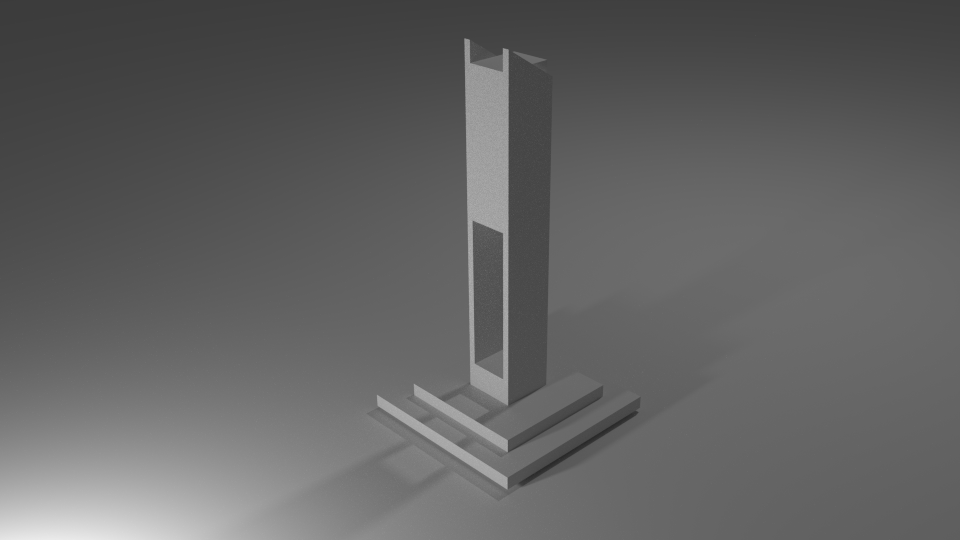
Angled view of Eden Tower in shell form.
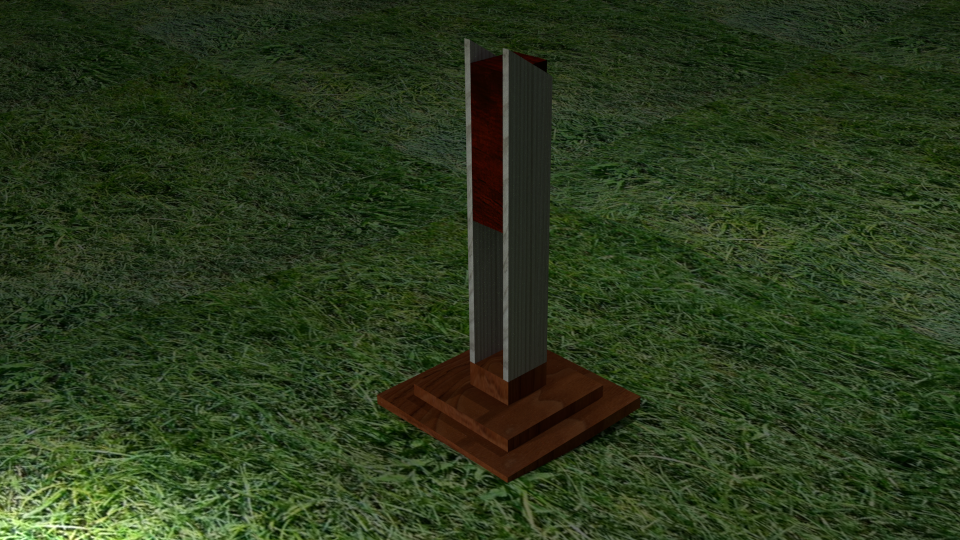
Angled view of Eden Tower in natural form.
